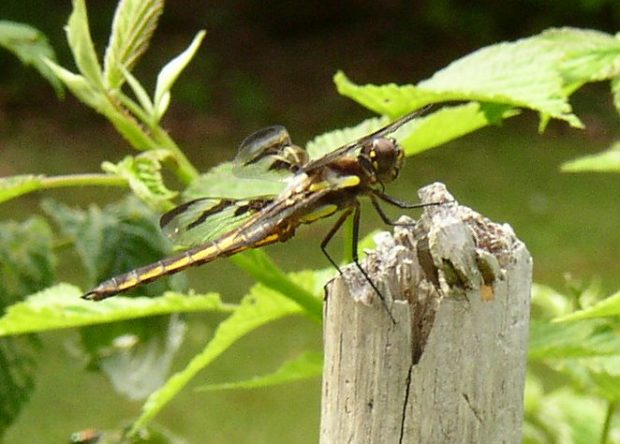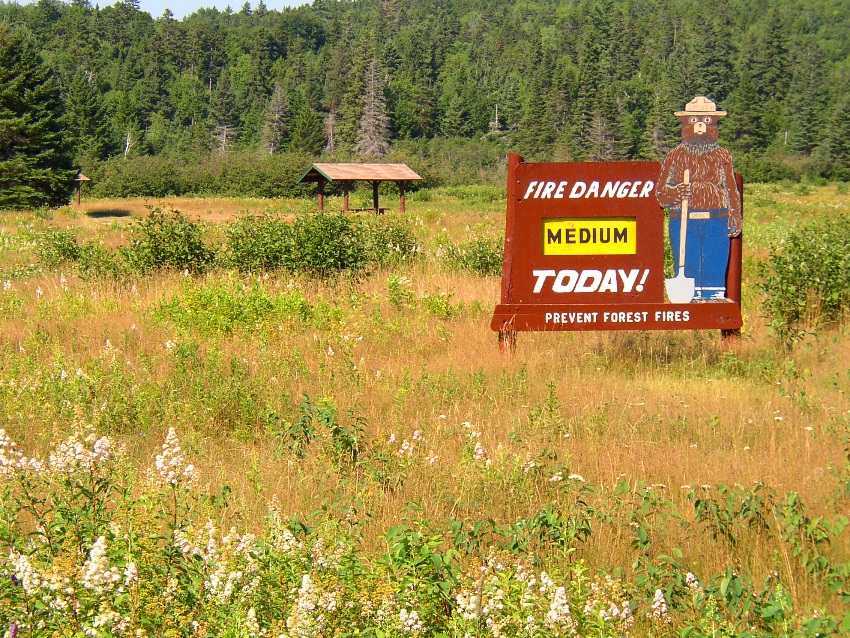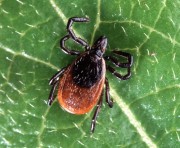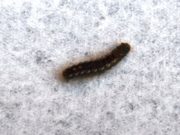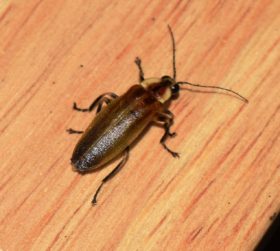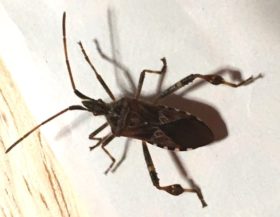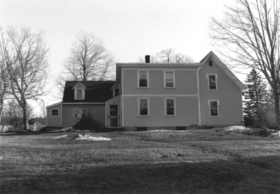Butterflies
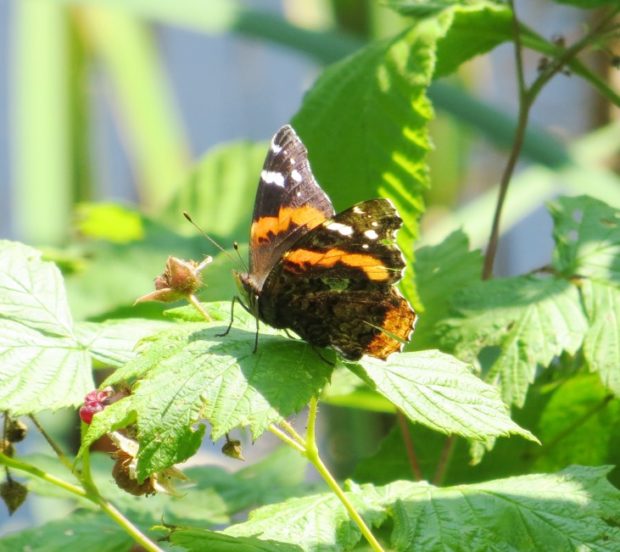
Butterflies in Maine Monarchs The colorful and common Monarchs range throughout the United States, including all of Maine, especially in rural areas with fields thick with milkweed. Wingspan ranges from 3½ to 4 inches. As forests reclaim abandoned farms and the remaining cropland displaces milkweed and similar plants, this butterfly has become less abundant in…


